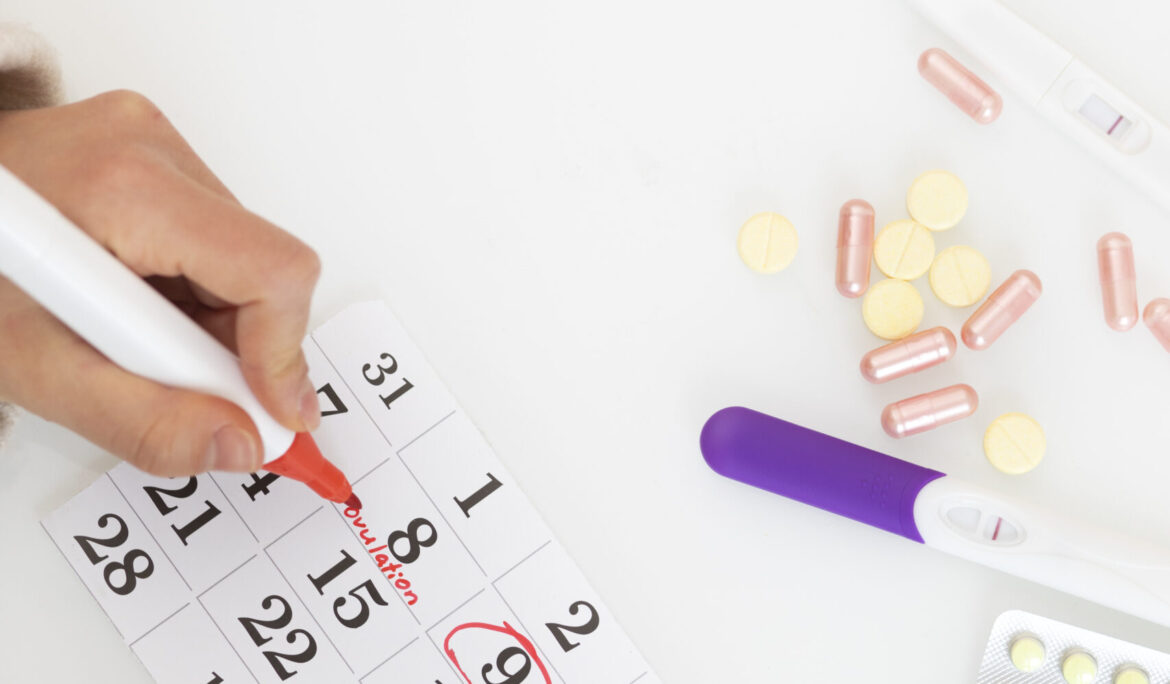What Are the Different Types of Ovulation Tests and How Do They Work?


What is Ovulation Testing?
Ovulation testing is a method used to determine the most fertile days in a woman’s menstrual cycle. This process is crucial for those trying to conceive, as it helps identify the best time for intercourse to increase the chances of pregnancy. Ovulation tests typically detect the surge in luteinizing hormone (LH) that occurs just before ovulation.
| Type of Ovulation Test | Mechanism | Usage | Pros | Cons |
|---|---|---|---|---|
| Ovulation Predictor Kits (OPKs) | Detects luteinizing hormone (LH) surge in urine. | Dip a test strip in urine or use a midstream test. | Easy to use, widely available, and provides clear results. | Can be expensive, may require multiple tests per cycle, and some women may have difficulty interpreting results. |
| Digital Ovulation Tests | Detects LH surge in urine with a digital readout. | Similar to OPKs but provides digital results. | Clear “yes” or “no” results, reduces user error. | More expensive than standard OPKs, requires batteries. |
| Basal Body Temperature (BBT) Monitoring | Measures slight rise in body temperature after ovulation. | Take temperature daily before getting out of bed and record it. | Provides a complete overview of the menstrual cycle, low cost. | Requires daily consistency and diligence, not as immediate as other methods. |
| Saliva Ferning Microscopes | Detects estrogen-induced changes in saliva patterns. | Place a drop of saliva on a slide, let it dry, and examine under a microscope. | Reusable, non-invasive, can be used daily. | Requires interpretation of patterns, can be tricky for some users. |
Why is Ovulation Testing Important?
Understanding when ovulation occurs can significantly enhance the likelihood of conception. Here are key reasons why ovulation testing is important:
- Timing Intercourse: Knowing the exact time of ovulation allows couples to time intercourse appropriately.
- Fertility Awareness: It helps in understanding the menstrual cycle and identifying any irregularities.
- Assisting with Fertility Treatments: For those undergoing fertility treatments, precise timing is crucial for procedures like intrauterine insemination (IUI) or in vitro fertilization (IVF).
Types of Ovulation Tests
1. Ovulation Predictor Kits (OPKs)
- How They Work: OPKs detect the surge in LH in urine, indicating that ovulation will likely occur within the next 12 to 36 hours.
- Usage: These kits are user-friendly and involve dipping a test strip into urine or using a midstream test.
2. Digital Ovulation Tests
- How They Work: Similar to OPKs, but provide a digital readout making them easier to interpret.
- Usage: Often more expensive but offer a clear “yes” or “no” answer, reducing confusion.
3. Basal Body Temperature (BBT) Monitoring
- How It Works: Involves measuring and recording body temperature daily to detect the slight rise that occurs after ovulation.
- Usage: Requires consistency and diligence but provides valuable insights into cycle patterns over time.
4. Saliva Ferning Microscopes
- How They Work: Detect changes in saliva patterns that occur due to estrogen levels, showing a fern-like pattern around ovulation.
- Usage: Involves placing a drop of saliva on a microscope slide and examining it.
How to Use Ovulation Tests
For OPKs and Digital Tests:
- Determine Your Cycle Length: Know the average length of your menstrual cycle.
- Start Testing: Begin testing a few days before the expected ovulation. For a typical 28-day cycle, start on day 10 or 11.
- Test Consistently: Test at the same time each day, ideally in the afternoon or evening.
- Interpret Results: A positive result indicates an LH surge, suggesting ovulation will occur within the next 12-36 hours.
For BBT Monitoring:
- Daily Measurement: Take your temperature every morning at the same time before getting out of bed.
- Record the Data: Use a specialized BBT thermometer and track your temperatures on a chart or app.
- Identify Patterns: Look for a sustained temperature rise indicating ovulation has occurred.
For Saliva Ferning:
- Prepare the Slide: Place a drop of saliva on the slide first thing in the morning before eating or drinking.
- Let it Dry: Allow the saliva to dry completely.
- Examine the Pattern: Use the microscope to look for ferning patterns that indicate high estrogen levels associated with ovulation.
Tips for Accurate Ovulation Testing
- Consistency: Test at the same time each day.
- Limit Fluids: Reduce liquid intake a couple of hours before using urine-based tests to avoid diluting the hormone concentration.
- Follow Instructions: Adhere to the instructions provided with your ovulation test kit for accurate results.
Common Questions About Ovulation Testing
How long should I test for ovulation each month?
- Typically, you should test for about 5-10 days around your expected ovulation date. If your cycles are irregular, you may need to test for a longer period.
Can ovulation tests confirm pregnancy?
- No, ovulation tests detect LH and are not designed to confirm pregnancy. Pregnancy tests detect human chorionic gonadotropin (hCG) instead.
Can medication affect ovulation test results?
- Yes, certain medications like fertility drugs containing hCG or LH can affect test results. Consult with your healthcare provider if you are on such medications.
Conclusion
Ovulation testing is a valuable tool for anyone trying to conceive, offering insights into the most fertile days of the menstrual cycle. By choosing the right type of test and using it consistently, you can enhance your understanding of your fertility and improve your chances of achieving pregnancy. Always consult with a healthcare provider for personalized advice and guidance tailored to your specific situation.



